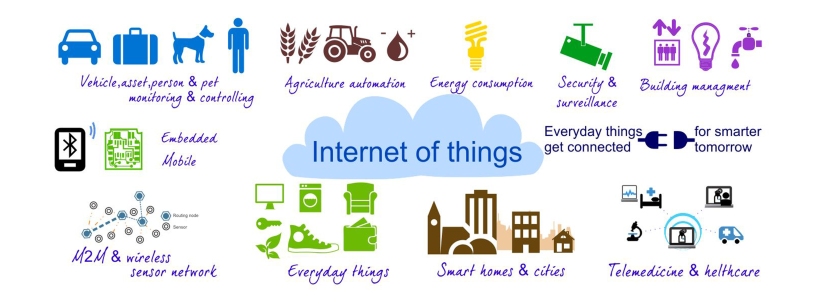
As electronics have become increasingly ubiquitous, the never-ending upgrade churn fills an ever-larger e-graveyard. If that’s where the story ends, we’re in real trouble. The several years of use a typical device sees effectively become a short conveyor belt between mines around the world and the local landfill. The only sensible and sustainable thing to do is to recycle the materials in our devices—ideally right into the next generation of tech.
In the last few years, some computer manufactureshas started to move beyond just collecting e-waste for recyclers and is trying to “close the loop” by using some of the recycled material in its products—namely the plastic. These companies require purchasers to pay for a disposal fee when they buy the product. Because a limited number of types of plastic get used for electronics, e-waste is a better resource to work with than your household recycling bin would be. Most of the plastic that comes in is suitable to be used in new products. But it’s not quite that simple—paints, labels, “soft-touch” coatings, and additives like flame retardants can render plastic difficult or even impossible to work with.
Credits:
http://arstechnica.com/science/2016/10/where-do-laptops-go-when-they-die/




